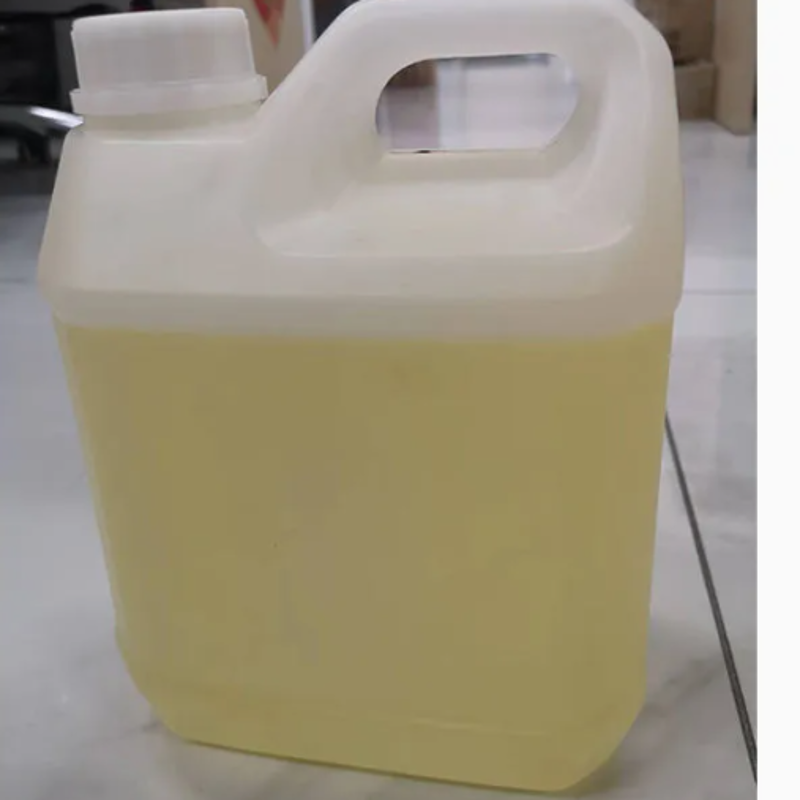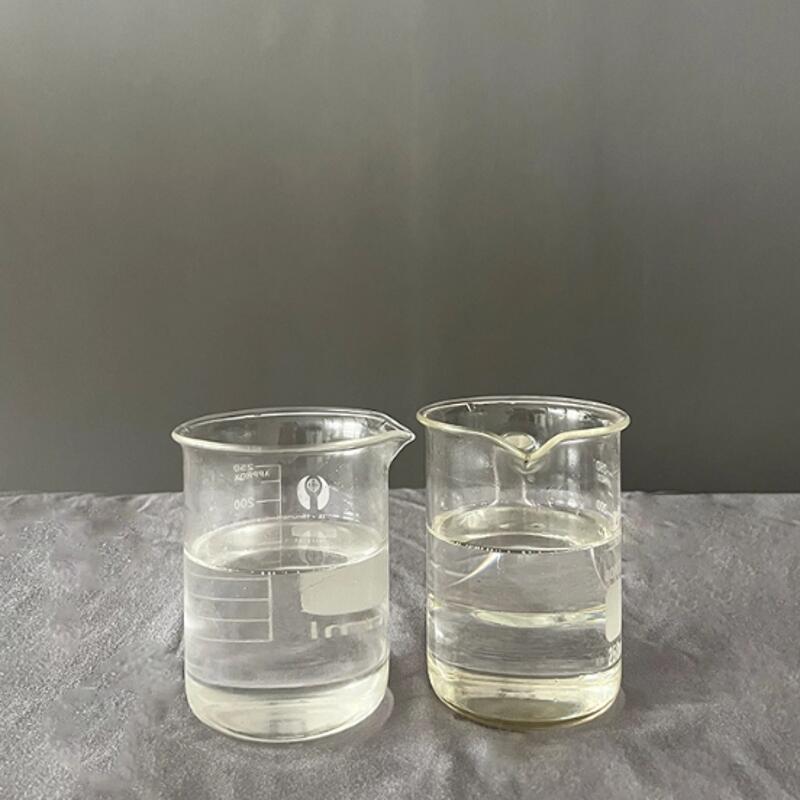-
Categories
-
Pharmaceutical Intermediates
-
Active Pharmaceutical Ingredients
-
Food Additives
- Industrial Coatings
- Agrochemicals
- Dyes and Pigments
- Surfactant
- Flavors and Fragrances
- Chemical Reagents
- Catalyst and Auxiliary
- Natural Products
- Inorganic Chemistry
-
Organic Chemistry
-
Biochemical Engineering
- Analytical Chemistry
-
Cosmetic Ingredient
- Water Treatment Chemical
-
Pharmaceutical Intermediates
Promotion
ECHEMI Mall
Wholesale
Weekly Price
Exhibition
News
-
Trade Service
Grupo Antolin, a global supplier of automotive interior technology solutions, is investigating the potential of carbon nanofibers to improve the efficiency, durability and cost reduction of key components in next-generation hydrogen fuel cells
.
The aim is to foster the development of technologies that make electric vehicles more cost-effective, efficient and easier to use, thereby helping to drive sustainable mobility
.
Along with electric battery vehicles, hydrogen fuel cell vehicles are seen as a promising alternative to combustion engine vehicles due to their potential sustainability
.
Except for high-purity water, hydrogen vehicles have no exhaust emissions; refueling is convenient and fast, and can achieve a good level of battery life
.
Grupo Antolin has successfully developed carbon nanofibers with excellent electrical conductivity, corrosion resistance and specific surface area: this material is ideally suited for use in electrochemical cell electrodes that make up hydrogen fuel cell systems
.
Carbon nanofibers act as physical carriers of platinum nanoparticles, which act as catalysts for certain chemical reactions, which can reduce the content of platinum
.
They have also been found to improve the durability of the electrodes as well as the overall efficiency of the system
.
Among the different types of hydrogen fuel cells that can be used in automobiles, polymer electrolyte proton exchange membrane (PEMFC)-based hydrogen fuel cells show the greatest potential due to their high power density and operating range
.
In this type of system, the electrodes within the cell and the polymeric membrane that separates those electrodes together form the MEA, or membrane electrode assembly
.
MEA is the core component of the battery
.
Grupo Antolin is focused on combining the potential of its carbon nanofibers with an appropriate deposition process in order to apply it to the fabrication of MEA devices
.
"So far, we have had very promising results in laboratory tests, producing MEA units with comparable electrical yields to those on the market," said Javier Villacampa, innovation director at Grupo Antolin.
"We used half the The platinum achieved this goal and found a tenfold reduction in degradation levels after the same operating cycle
.
"
The company is currently conducting research in this area in collaboration with several national and European institutes and universities to alter the surface properties of nanofibers, optimize processing techniques, and generate MEA systems
.







